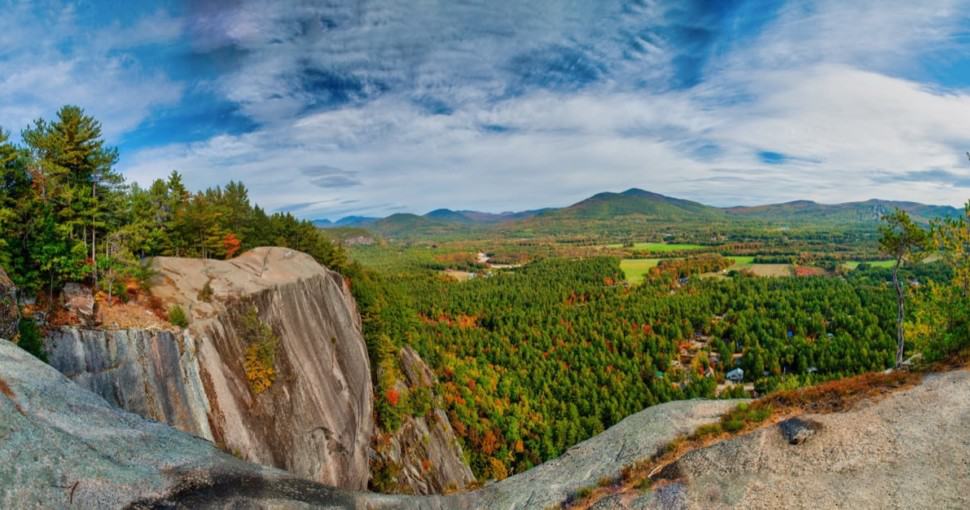The state of Maine is home to many different species of trees, but according to the forestry department, only about 11% of them are native. The majority of trees in Maine are non-native and were introduced for agricultural or ornamental purposes. Some common tree types found throughout the state include white pine, red oak, sugar maple, red maple and Norway spruce.
Contents
- 1. Eastern White Pine (pinus strobus)
- 2. Red Spruce (picea rubens)
- 3. White Ash (fraxinus americana)
- 4. Red Maple (acer rubrum)
- 5. Balsam Fir (abies balsamea)
- 6. Northern White Cedar (thuja occidentalis)
- 7. Eastern Hemlock (tsuga canadensis)
- 8. Yellow Birch (betula alleghaniensis)
- 9. Paper Birch (betula papyrifera)
- 10. Northern Red Oak (quercus rubra)
- 11. Tamarack Larch (larix laricina)
- 12. Atlantic White Cedar (chamaecyparis thyoides)
- 13. Black Ash (fraxinus nigra)
- 14. Basswood (tilia americana)
- 15. American Beech (fagus grandifolia)
- 16. Bigtooth Aspen (populus grandidentata)
- 17. American Elm (ulmus americana)
- 18. Eastern Hophornbeam (ostrya virginiana)
- 19. Sassafras (sassafras albidum)
- 20. Downy Serviceberry (amelanchier arborea)
- 21. American Sycamore (platanus occidentalis)
- 22. Mountain Ash (sorbus americana)
The climate in Maine is very similar to other states that share the same geographical area. This being said, many trees common throughout New England are also common in Maine. For example, both northern white cedar and eastern hemlock grow naturally in the state of Maine.
If you are looking for the most common trees in Maine, you will find that they are very similar to those in New England. The list below was carefully compiled from the forestry department’s list of common trees in Maine, as well as other sources.
1. Eastern White Pine (pinus strobus)
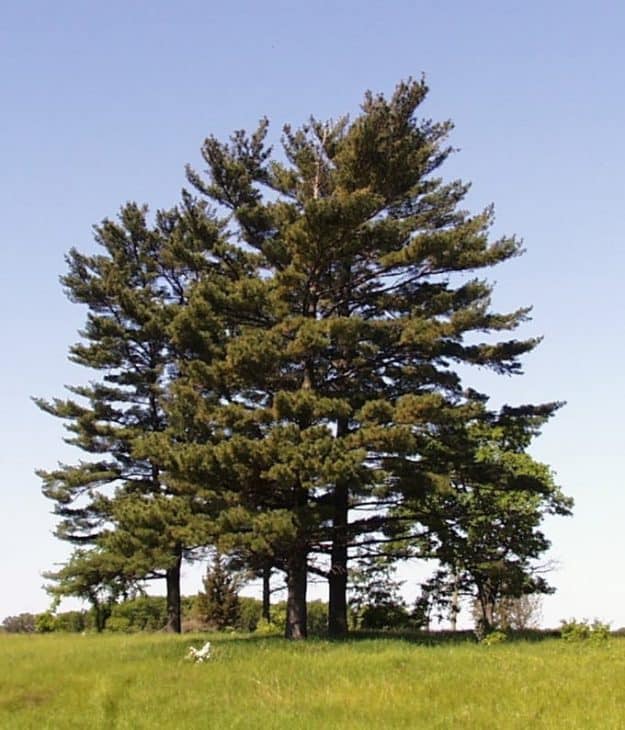
Eastern white pine is the state tree of both Maine and New Hampshire. The most common types are red, black, hard or soft. Eastern Pine grows best in sandy soil that has good drainage. It is very susceptible to wind damage, so it is important to keep them pruned properly for optimal health.
2. Red Spruce (picea rubens)
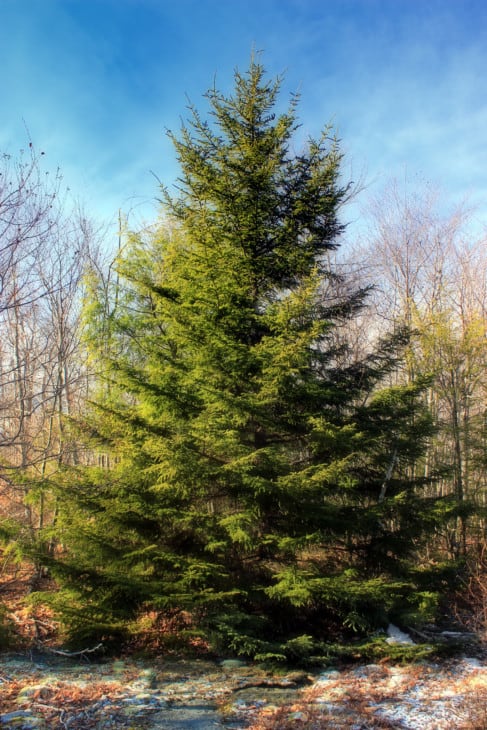
The red spruce is a hardy, cone-bearing evergreen. It’s a native species to Maine and was used for lumber until the early 20th century, when it became valued for its ability to hold snow. Red spruce trees have adapted well to the harsh climate conditions in Maine and can grow up to 130 feet tall with trunks that are 5 feet in diameter.
3. White Ash (fraxinus americana)
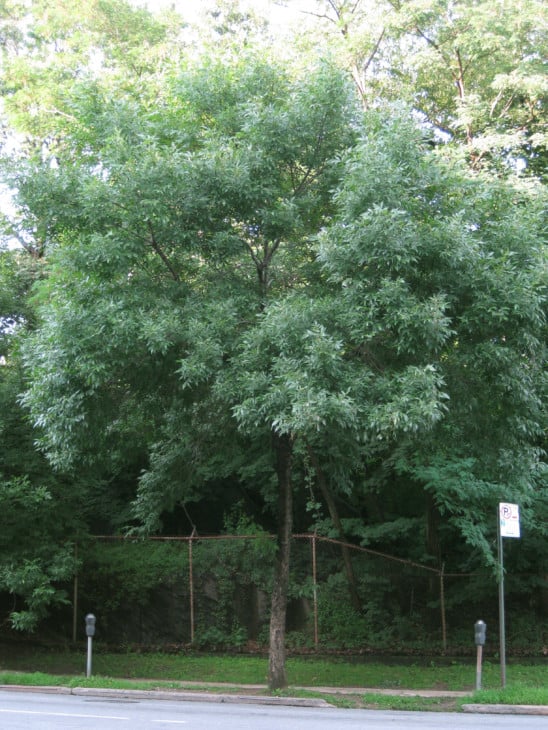
White ash is the tallest of the eastern North American ashes. It’s a very strong, lightweight wood with a coarse grain and is naturally pale brown or creamy white in color. The wood made it an ideal choice for baseball bats until being replaced by ash from northern white ash trees. White ash is very easy to work with, making it a top choice for furniture and flooring.
4. Red Maple (acer rubrum)
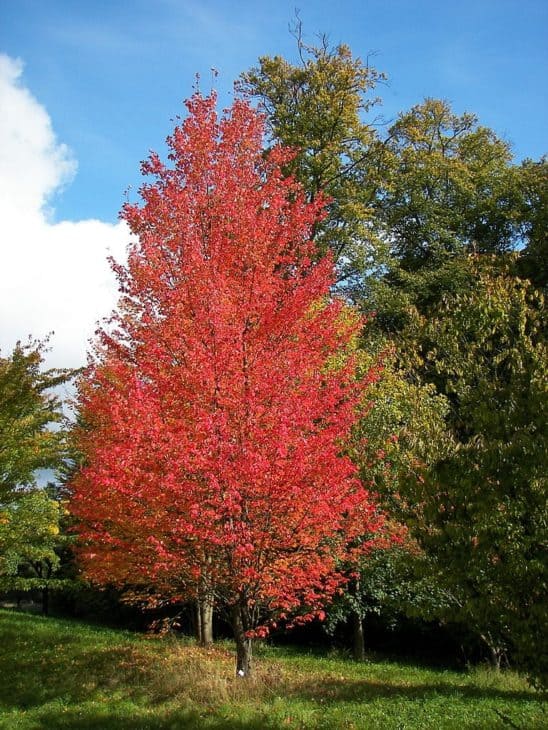
Red maple is a deciduous tree that can grow up to 50 feet tall. It prefers moist soil and acidic loam, but it’s been known to adapt well to many different soil types. Red maple produces a reddish color during autumn months and the leaves turn a bright yellow, orange or red before they fall off for winter.
5. Balsam Fir (abies balsamea)
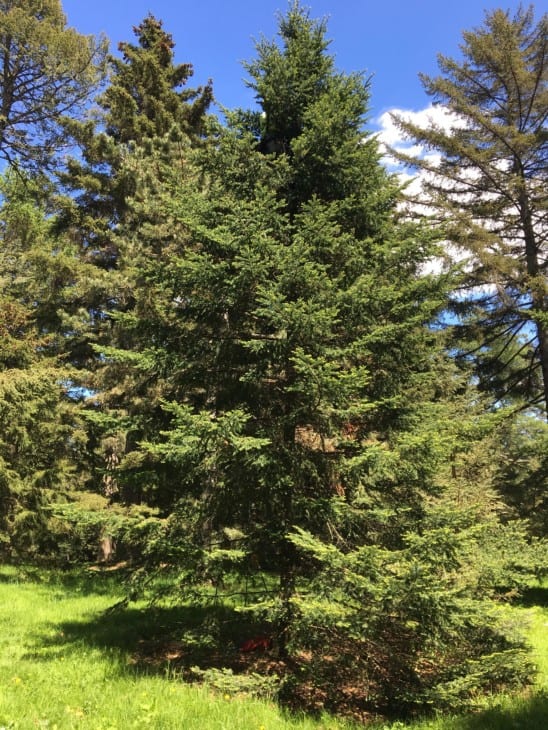
Balsam fir is a coniferous tree that has a narrow crown and short branches. It thrives in moist, loamy soil but can also do well in sandy or rocky locations. The main trunk of the balsam fir will have dark gray bark with small ridges and it tends to grow up to 100 feet tall.
6. Northern White Cedar (thuja occidentalis)
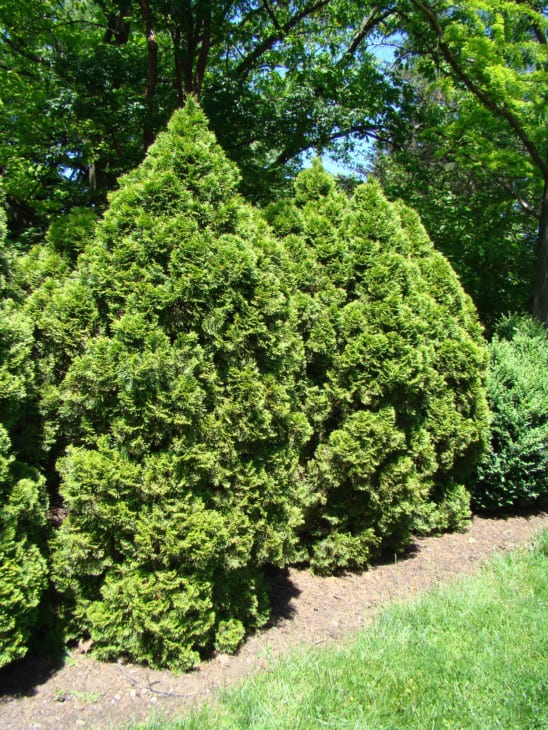
Northern white cedar is an evergreen that can be easily identified by its flat, scale-like leaves. It’s not a true cedar, but it is often referred to as such. Northern white cedar grows well in moist soil and will adapt to many different pH levels. This tree provides great cover for small wildlife and also makes a good windbreak.
7. Eastern Hemlock (tsuga canadensis)
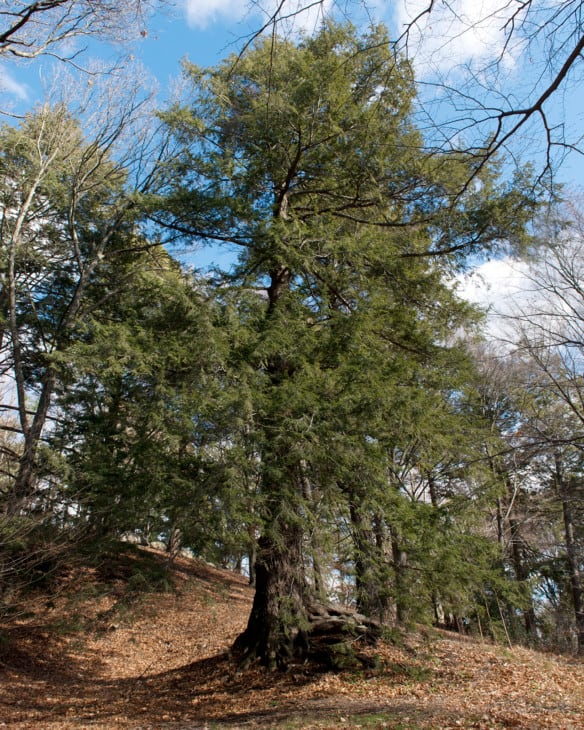
Eastern hemlock is also known as Canadian hemlock or hemlock spruce. It’s a native species to Maine and grows well in regions with moist, rich soil that has a pH level of 4-7. Eastern hemlock trees can grow very large – up to 165 feet – and have short trunks with many branches.
8. Yellow Birch (betula alleghaniensis)
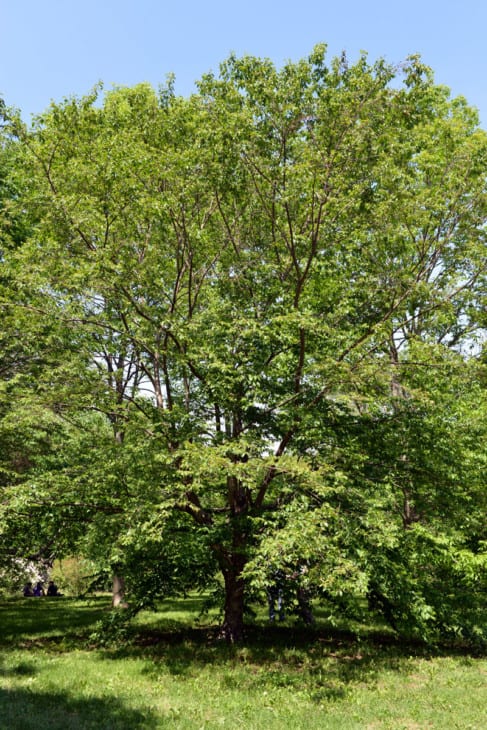
Yellow birch is a deciduous tree that is native to New England and the northern mid-Atlantic region. It has smooth, light gray bark with horizontal lenticels and will produce ovate leaves with pointed tips. This tree can grow up to 50 feet tall and thrives in moist areas along streams or lakes.
9. Paper Birch (betula papyrifera)
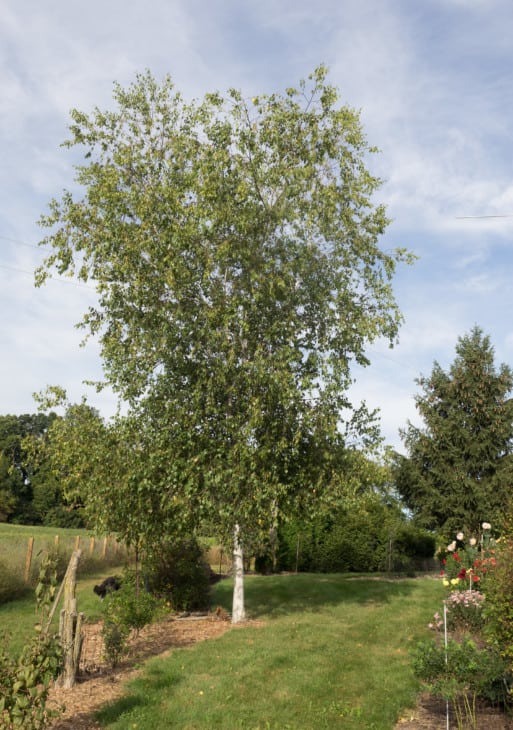
The main difference between paper birch and yellow birch is that paper birch has white bark that is sensitive to cold climates. It’s often used for making decorative items, such as canoes or bowls, because of its unique wood grain. Paper birch trees are typically found along areas of water in Maine and will grow up to 60 feet.
10. Northern Red Oak (quercus rubra)
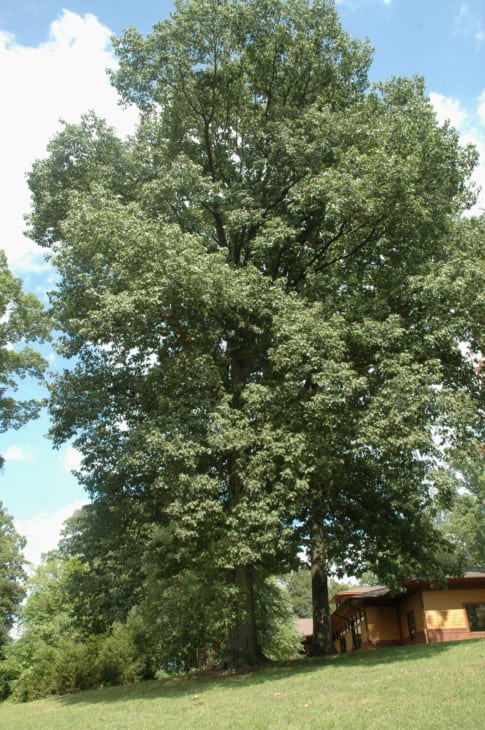
Northern red oak is a deciduous tree with good resistance to disease and insects. Its main branches will start around 12 feet above the ground and can grow up to 50 feet tall. Leaves on northern red oak trees are dark green and shiny with jagged edges – they change colors in autumn to bright orange, scarlet or yellow.
11. Tamarack Larch (larix laricina)
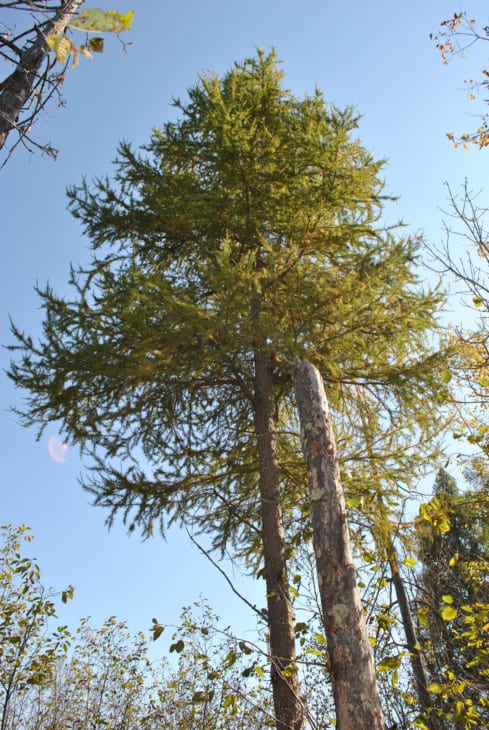
American larch trees are deciduous and can grow up to 100 feet tall. They prefer moist soil, but will also do well in dry areas. The main trunk of the American larch has a light gray color, and its bark is scaly and very thick. This tree thrives best in acidic soils with pH levels between 3-5.
12. Atlantic White Cedar (chamaecyparis thyoides)
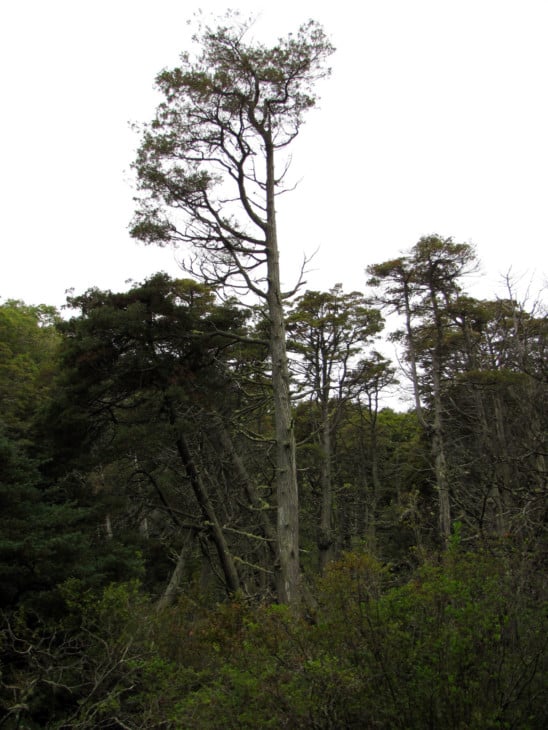
Atlantic white cedar trees are evergreens with scale-like leaves and fragrant pale green cones. They’re often referred to as junipers, even though they’re not true junipers (which is a separate species). The main trunk of the Atlantic white cedar has reddish brown bark that looks like it’s peeling, and the main branches only grow out at the top of the tree.
13. Black Ash (fraxinus nigra)
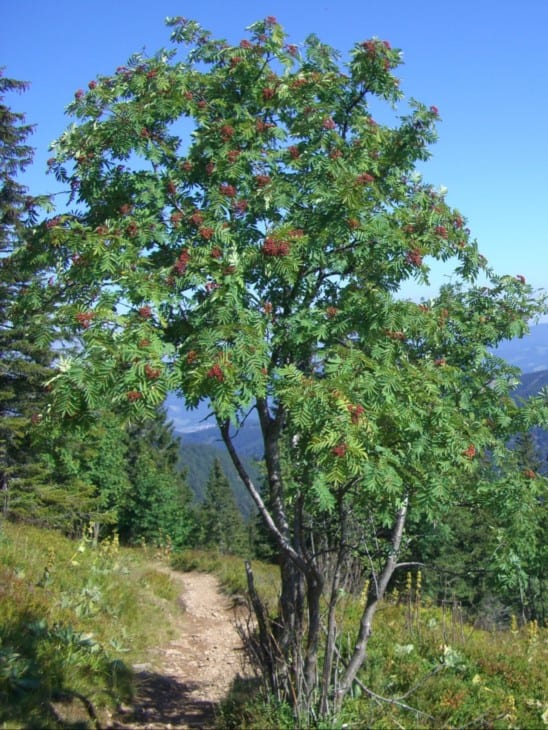
Black ash is a deciduous tree that grows up to 70 feet tall. It has compound leaves, with 5-9 main leaflets and serrated edges. The main trunk of the black ash will have tan bark that is slightly ridged in texture, and it will produce a brown seed cone in the autumn months.
14. Basswood (tilia americana)
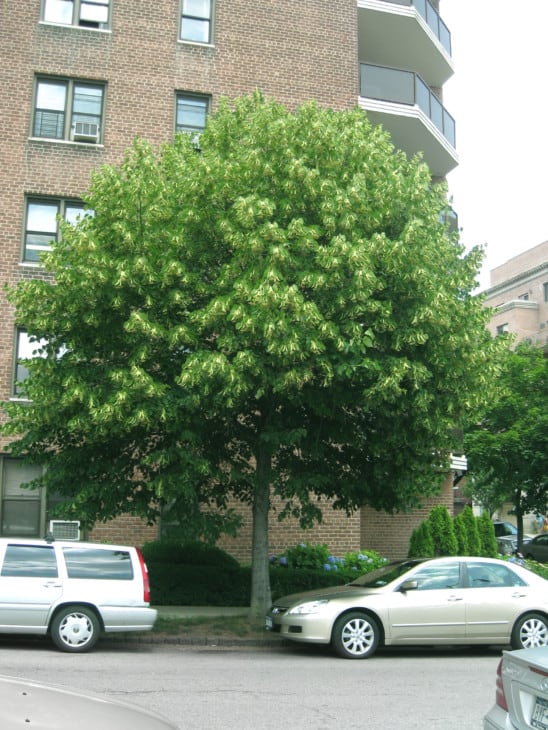
Basswood trees can be a common sight in Maine, and they are deciduous. They have pale green leaves that are heart shaped, with serrated edges and grow all the way around the main stem of the tree. The basswood is often confused as being a maple tree because of its light-colored bark, but it’s actually related to magnolia trees.
15. American Beech (fagus grandifolia)
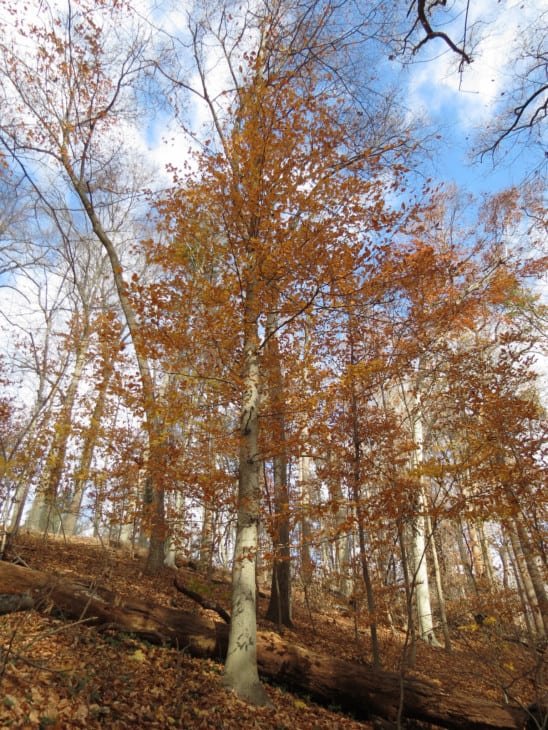
Beech trees are deciduous and can grow to be over 130 feet tall. Its main trunk is gray with smooth bark, which becomes darker the higher up the tree goes. Beech trees have compound leaves that are connected directly to main branches – there are no stems or stalks.
16. Bigtooth Aspen (populus grandidentata)
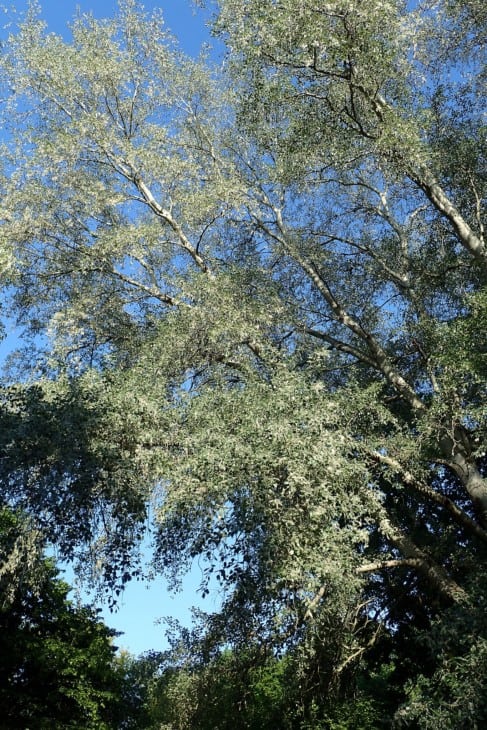
Bigtooth Aspen is common in many US states, and the state of Maine is no exception. This tree is deciduous, so its main branches are bare during the colder winter months. It’s frequently found growing along stream banks and in valleys. Bigtooth Aspen trees can grow up to 60 feet tall with white bark that has dark brown uneven spots.
17. American Elm (ulmus americana)
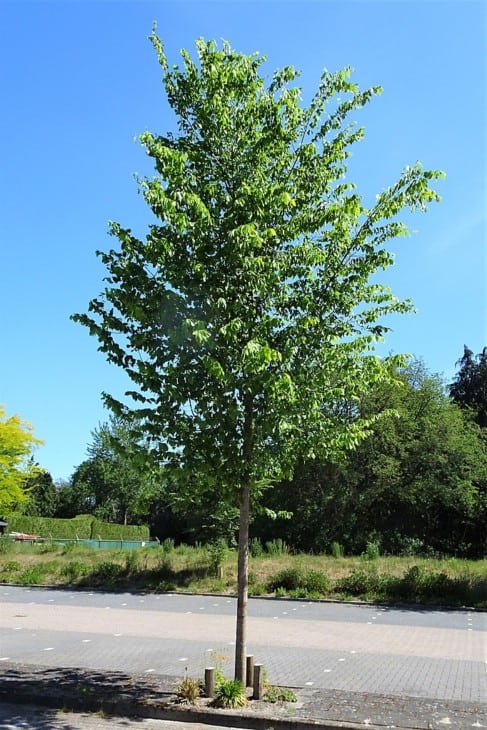
The main difference between American elm and the slippery elm is that the American elm has a smoother bark. It’s also more likely to have dark blotches on its main trunk, whereas slippery elms regularly have discoloration along their main branches.
18. Eastern Hophornbeam (ostrya virginiana)
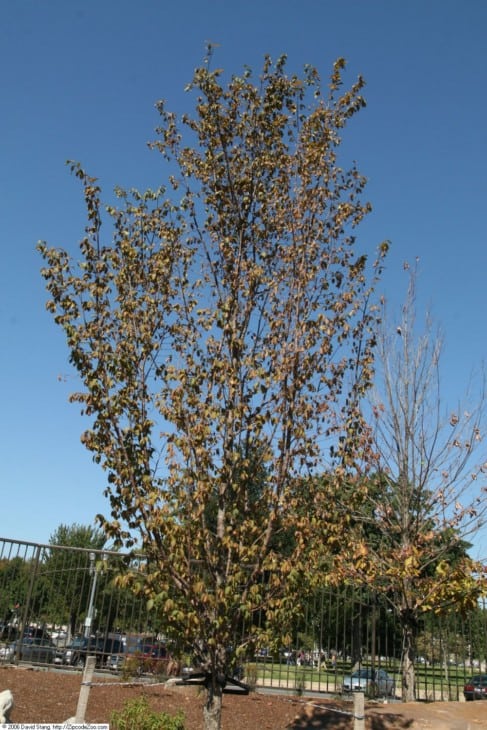
Eastern hophornbeam trees are deciduous and grow up to 50 feet tall. Their main trunk is brownish gray with ridges that run vertically, whereas the main branches are more horizontal. Eastern hophornbeam has compound leaves with five leaflets and serrated edges. It grows in full or partial sunlight and prefers moist soil.
19. Sassafras (sassafras albidum)
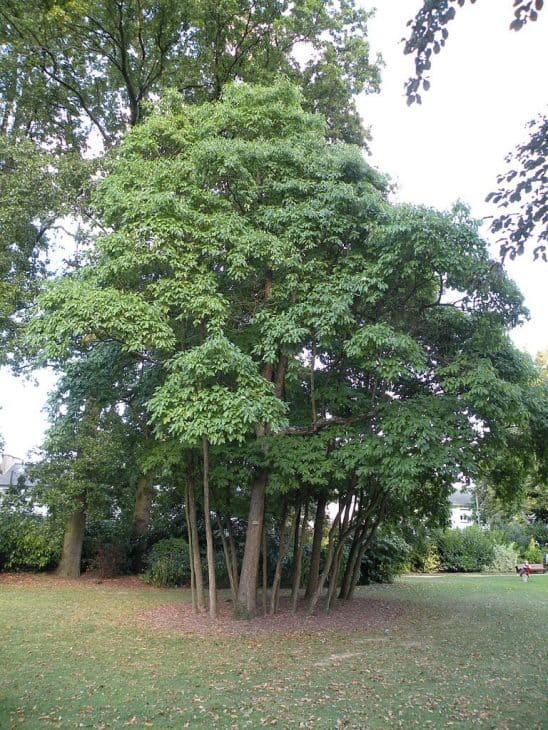
Sassafras trees are deciduous and can grow up to 80 feet tall. Leaves on sassafras trees are green with distinctive orange spots toward the main branch tips. The main trunk of this tree has scaly brown bark, which becomes darker the higher up it goes.
20. Downy Serviceberry (amelanchier arborea)
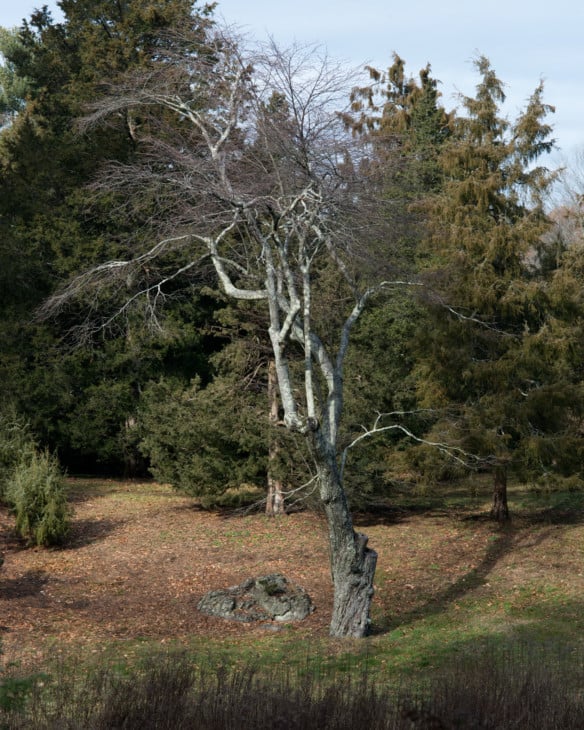
Downy service berry trees are deciduous and only grow up to 20 feet tall. They’re usually found in moist soil along streams or near lakes in Maine, but they can also grow on hillsides. This tree has smooth bark that is grayish brown with horizontal bands of pale gray (which almost looks pink).
21. American Sycamore (platanus occidentalis)
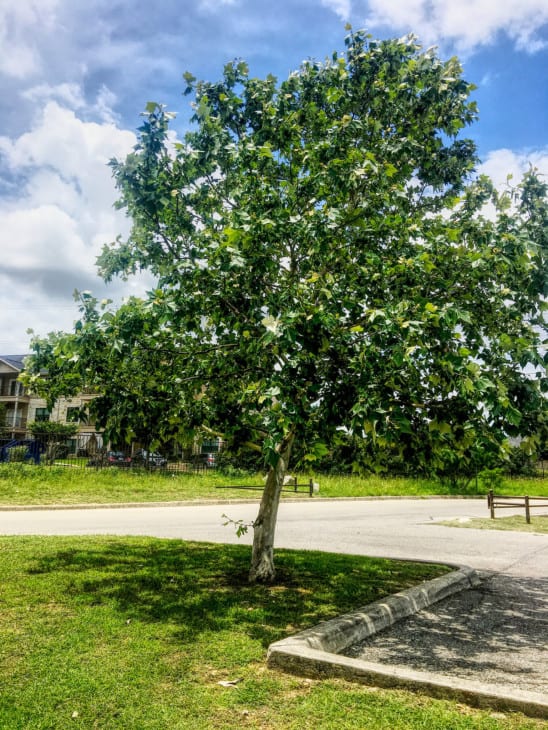
American sycamore trees are among the largest trees that grow in Maine. They can reach up to 130 feet tall, and its main trunk tends to split apart as it grows older. The bark is dark brown with deep ridges, and the main branches often have vines climbing on them. This tree prefers moist soil and can be found near rivers or ponds in Maine.
22. Mountain Ash (sorbus americana)
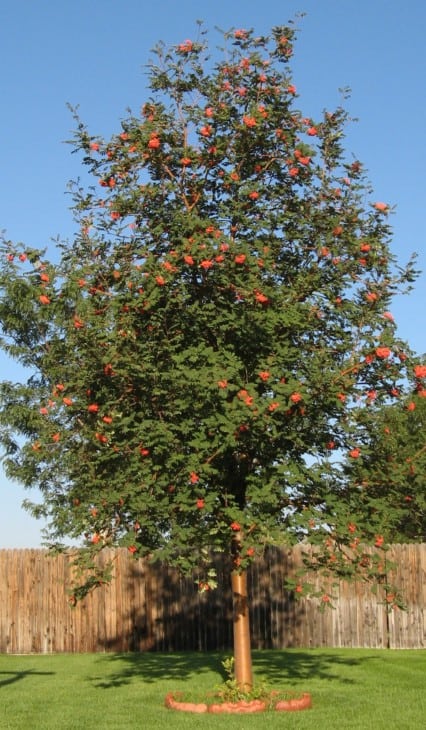
The main trunk of the mountain ash is brown with smooth bark that becomes rougher as it goes up the tree, and main branches are regularly curved. This deciduous tree grows up to 40 feet tall in moist soil along streams or near lakes in Maine.

